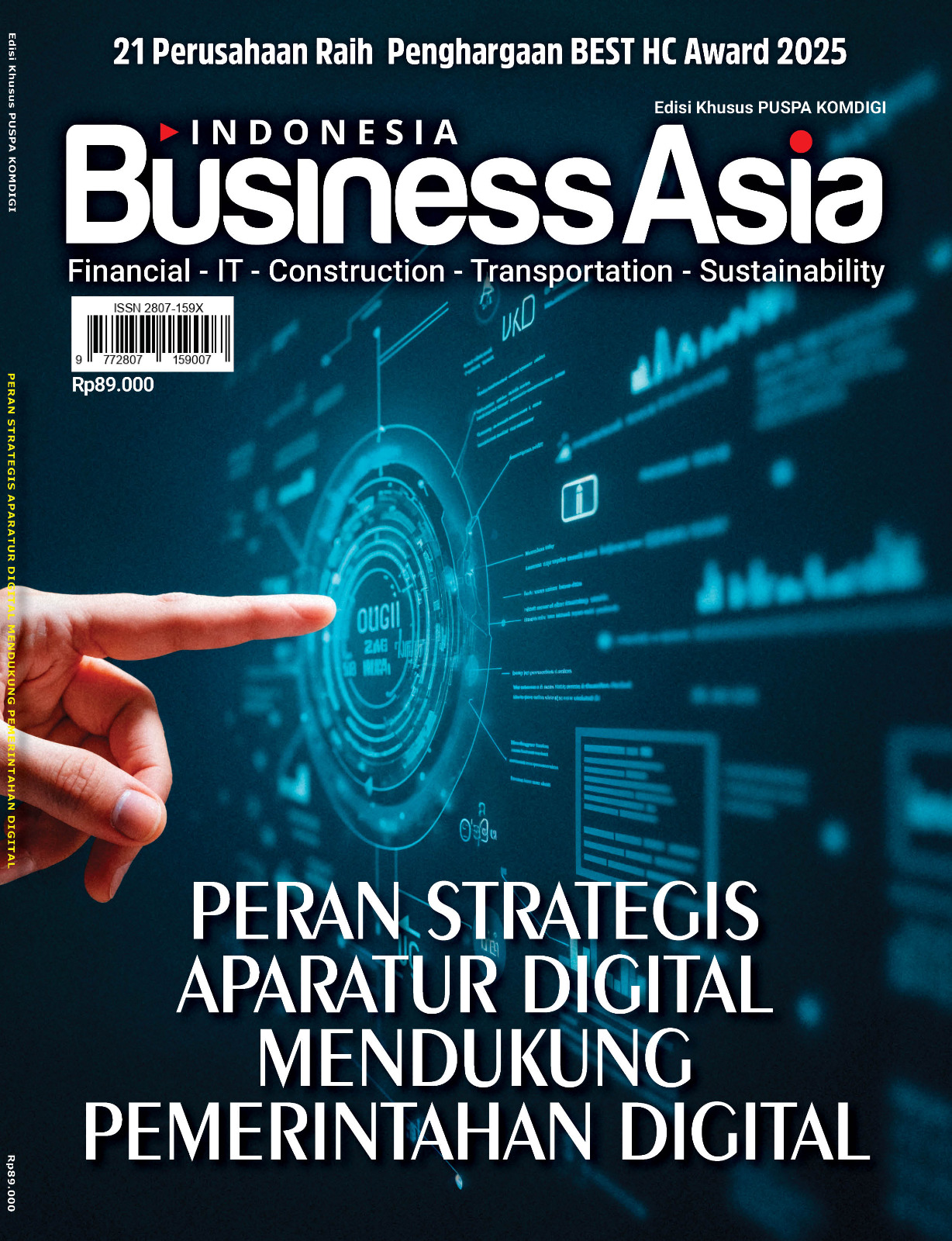Jakarta, Business Asia – October 18 is celebrated as National Insurance Day in Indonesia. This annual commemoration aims to promote public understanding and awareness of insurance, as well as to advance inclusive financial access across all levels of society. But the Indonesia’s insurance sector is a paradox. With more than 100 registered companies, including state-owned giants and dozens of smaller firms, the industry looks large on paper. Yet its contribution to the economy is modest, its penetration among the population shallow, and its reputation fragile. They are continually exposed to the risk of closure.
Against this backdrop, the government, through its super holding Badan Pengelola Investasi (BPI) Danantara, has set plans to consolidate 15 state-owned insurance companies into three stronger entities. This is far more than a bureaucratic reshuffle; it is an acknowledgment that the industry cannot survive in its current fragmented form. Insurance must evolve into a true pillar of household welfare and financial stability, rather than remain a weak link vulnerable to crisis.
Despite steady economic growth, Indonesia’s insurance penetration remains stubbornly low. As of 2024, insurance assets amount to less than 9 percent of GDP, far behind South Korea at 50%, Singapore at 60% and Japan at 80 percent.
Recent performance underscores this weakness. In the second quarter of 2025, life insurance premiums fell by 2 percent year-on-year to 75.7 trillion rupiah, with new business premiums plunging by 6.1 percent. Profitability in life insurance reached 7.55 trillion rupiah, but this was driven largely by investment gains, not healthy underwriting, as seen in the combined ratio of 109 percent. It means that for every 100 rupiah the insurance company earns in premiums, it spends 109 rupiah on claims and expenses. General insurance fared better with a 5.6 percent rise in premiums to 56.6 trillion rupiah and net profit of 8 trillion rupiah, but even here claims were creeping up especially in the credit and health insurance.
The shallowness of the market is not merely a question of aggregate size, but also of unequal distribution. A 2023 study by IFG Progress, using Susenas data, found that more than a quarter of Indonesian women, around 36 million people, lack any form of health insurance. Even among those who are covered, significant gaps remain. Public health insurance reaches just over 70 percent of women, but only 2.4 percent are protected through employer-provided schemes, and a mere 0.5 percent hold private health insurance. The vulnerability is especially acute in rural areas, where morbidity rates among women reach 28.5 percent, compared to 24.7 percent among men.
From a macroeconomic perspective, the insurance sector has been a consistent source of service deficits, driven largely by its limited capacity in reinsurance. Bank Indonesia external statistics data shows these deficits amounted to USD 1.8 billion in 2022, USD 1.9 billion in 2023, and USD 2.2 billion in 2024, underscoring a steadily worsening trend year after year.
Why has the sector failed to grow in tandem with the economy? The first reason is fragmentation. In life insurance, only seven companies with assets above 25 trillion rupiah control nearly 60 percent of the market, while 27 small insurers with assets under 5 trillion contribute less than 10 percent. Such fragmentation creates intense competition among small players who lack economies of scale.
This leads to the second problem: price wars. Companies slash premiums below actuarially sustainable levels to attract customers, eroding long-term solvency. IFG Progress research using the Lerner Index shows that insurers need more than 10 trillion rupiah in assets to achieve a sustainable market power of 0.7, the threshold for pricing discipline. Small players below this scale are locked in a cycle of underpricing, weak profitability, and vulnerability to shocks.
Third is governance. Studies of pension and insurance governance highlight persistent weaknesses in internal controls, accountability, and transparency. Many failures in the past decade, from delayed claims to outright collapses, have been traced back not only to poor capitalization but also to inadequate governance. Without professional oversight, independent boards, and strong custodial systems, the risk of mismanagement remains high.
Consolidation offers a way out of this trap. Larger balance sheets will enable companies to pool risks more effectively, strengthen solvency ratios, and reduce reliance on destructive premium dumping. It will also create the financial and human capacity to invest in digital systems, actuarial expertise, and product innovation.
International experience supports this direction. South Korea and China both restructured their fragmented insurance industries after crises in the 1990s and 2000s, leaving a smaller number of stronger players.
More importantly, consolidation addresses systemic risk. Insurance is not just a consumer product; it is tightly linked to the wider financial system. IFG Progress simulations estimate that the insurance sector has a multiplier effect of 1.496 on the economy, and around 10 percent of the banking sector’s inputs depend on insurance. A collapse in the insurance sector would therefore reverberate across banks, capital markets, and fiscal stability.
Consolidation is a necessary first step, but it must be accompanied by broader reforms. Pricing discipline must be enforced by regulators, preventing a return to the destructive practices of the past. Literacy campaigns should be scaled up, with digital platforms used to expand outreach. And an insurance guarantee scheme, akin to deposit insurance in banking, should be considered to protect policyholders and enhance trust.
However, the other side of the coin must also be anticipated. While fragmentation and the resulting underpricing are harmful to the industry, fueling price wars and undermining sustainability, consolidation carries its own risks. Higher concentration, if not carefully managed, may drive up premiums, as demonstrated by Dafny (2010) in Are Health Insurance Markets Competitive? published in the American Economic Review.
To sum up, if managed wisely, consolidation has the potential to transform insurance from a fragile sector into a pillar of resilience. It can deliver genuine protection for households, supply capital markets with long-term investors, and provide the state with a buffer against fiscal shocks. Yet this promise will only be realized if consolidation is paired with governance reforms, improved financial literacy, and the design of inclusive products.












